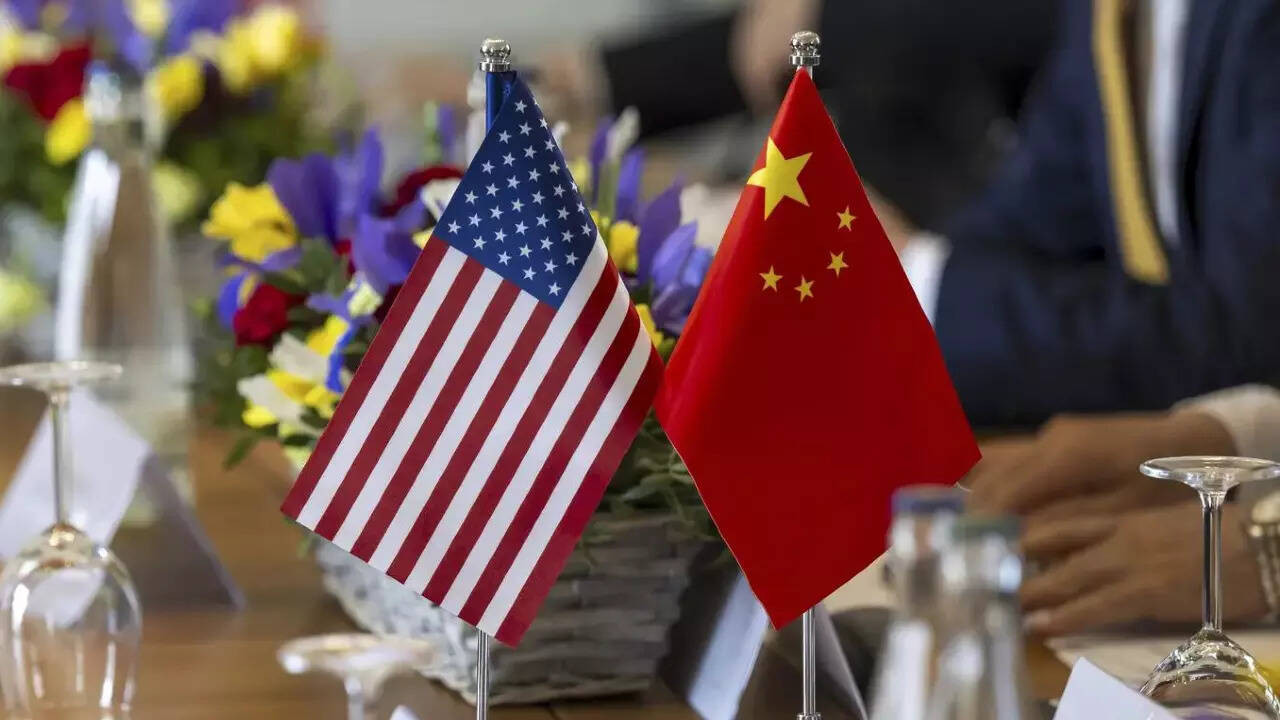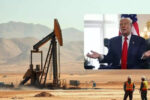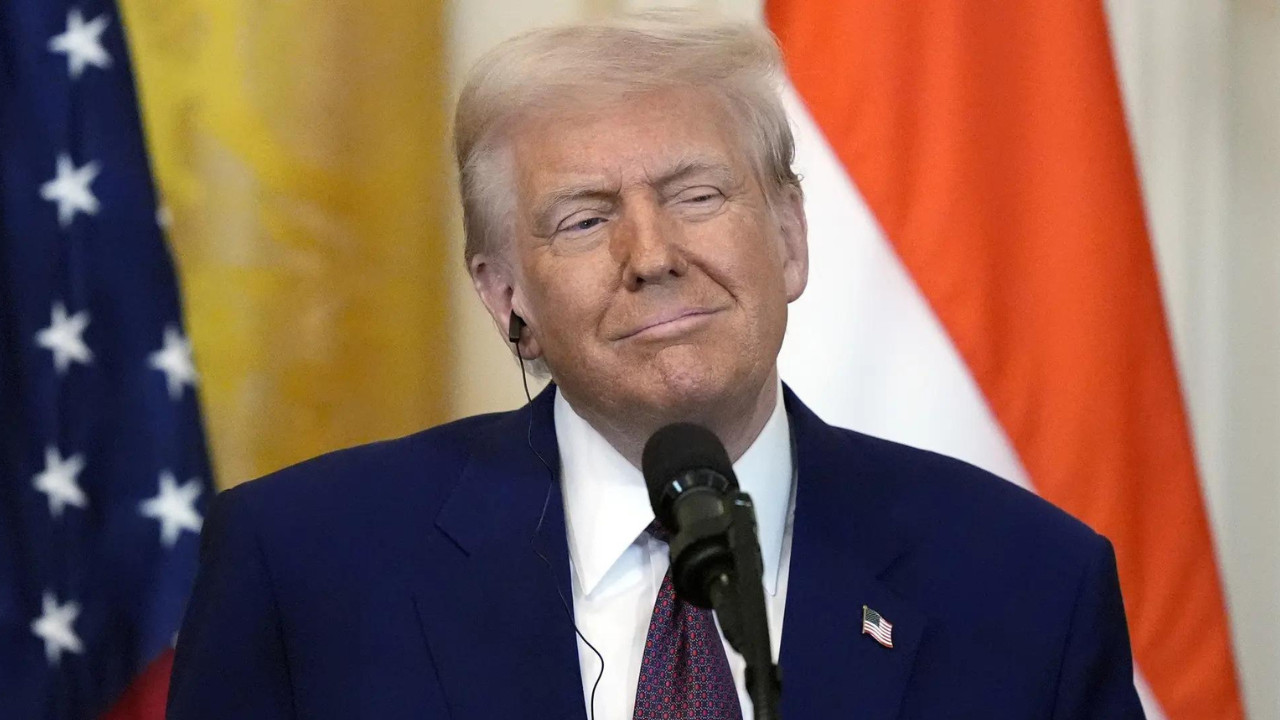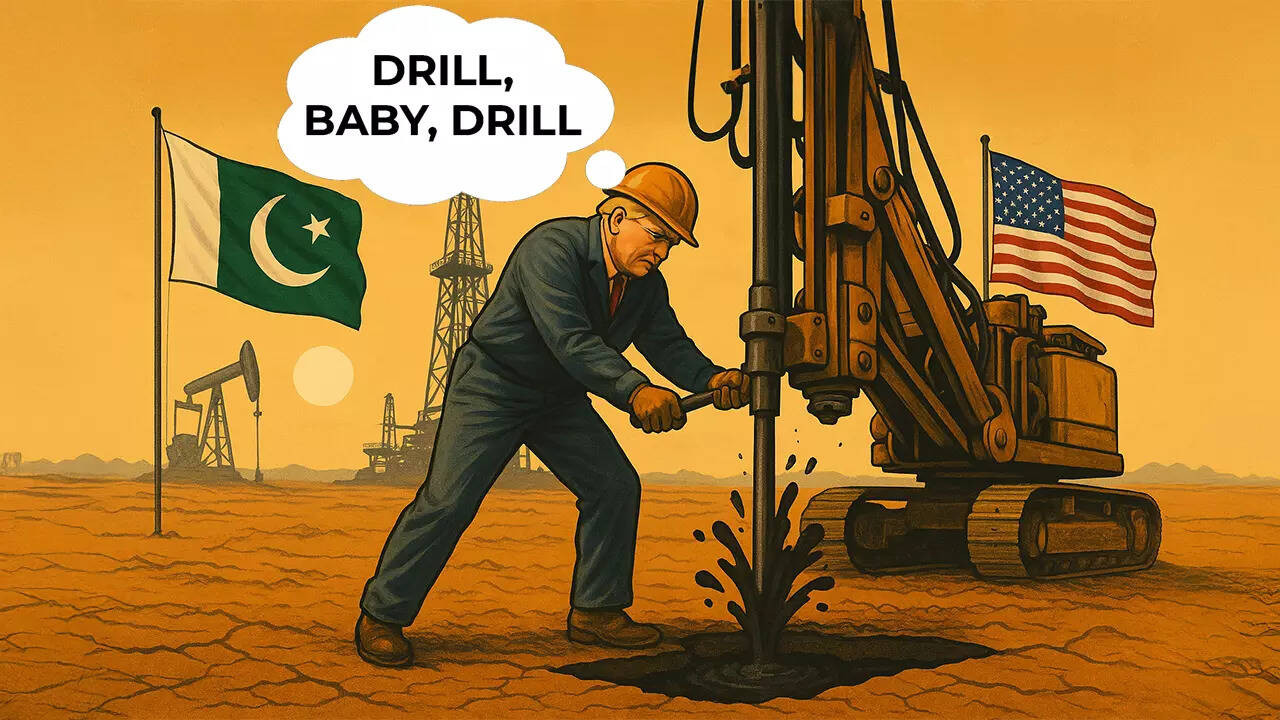Top US and Chinese officials convened in London to de-escalate trade tensions that have destabilized global markets. Discussions, led by key figures like He Lifeng and Howard Lutnick, follow a temporary truce established in Geneva. Disagreements persist over semiconductors, visa restrictions, and rare earth mineral exports, a critical point of contention given China’s recent export license requirements.
London Calling: Can US-China Talks Crack the Ice (and Unlock Rare Earths)?
The air in London must be thick with tension today. High-level delegations from the US and China have converged, not for a leisurely tea and crumpets, but for crucial trade talks that could ripple across the globe. This isn’t just about tariffs anymore; it’s about supply chains, critical minerals, and the thorny issue of visas – a potent cocktail of geopolitical anxieties.
Let’s be honest, the US-China relationship has felt more like a cold war brewing than a collaborative partnership lately. But the fact that these talks are happening at all offers a glimmer of hope. Both sides clearly recognize the immense stakes involved, even if they disagree on… well, just about everything else.
So, what’s on the menu for these discussions? Forget the canapés; we’re talking about serious economic heavyweights. At the forefront are those notoriously volatile rare earth minerals. You might not hear about them every day, but these elements – think neodymium, dysprosium, and praseodymium – are the unsung heroes of modern technology. They’re the secret sauce powering everything from smartphones and electric vehicles to wind turbines and missile guidance systems. Basically, if it’s high-tech, it probably relies on rare earth minerals.
And here’s the catch: China currently dominates the rare earth market, controlling a significant chunk of both mining and processing. This dominance has raised concerns in the US and other Western nations, sparking a frantic search for alternative sources and processing capabilities. The US wants to diversify its supply chains, lessening its dependence on China for these crucial components. You can’t blame them; nobody likes feeling strategically vulnerable.
These talks, therefore, represent a vital opportunity to explore potential avenues for cooperation – or at least, for a less antagonistic relationship – regarding rare earth supplies. Will China be willing to offer concessions, perhaps through increased transparency or guarantees of continued supply? Or will they dig in their heels, asserting their dominance in the market? The answer to that question could profoundly impact the future of global technology and manufacturing.
Beyond the mineral market, these discussions are also reportedly tackling the sensitive topic of visa restrictions. Over the past few years, both countries have tightened visa policies, impacting researchers, students, and business travelers. This has arguably stifled academic exchange and economic collaboration, contributing to a growing sense of distrust.
Think about it: the free flow of ideas and talent is essential for innovation and progress. When you restrict that flow, you’re essentially cutting off a vital artery. Loosening these restrictions could be a significant step towards rebuilding trust and fostering a more productive relationship. Allowing more people to connect face-to-face, fostering genuine connection outside the politically fueled headlines.
These aren’t just abstract policy discussions either; these decisions have real-world consequences for individuals and businesses. Imagine a promising scientist from China unable to attend a conference in the US, or an American entrepreneur struggling to navigate bureaucratic hurdles to expand their business in China. These are the human stories behind the headlines, and they underscore the importance of finding common ground.
But let’s not get carried away with optimism. Decades of complex history and deep-seated ideological differences won’t vanish overnight. The US-China relationship is a complicated dance, and there will inevitably be missteps and stumbles along the way. Each side has deeply entrenched interests and strategic priorities that are often at odds with the other.
Furthermore, political pressures in both countries can significantly impact the negotiating process. Both the US and Chinese leaders face domestic audiences with their own expectations and demands. It’s a delicate balancing act, requiring both political skill and a willingness to compromise.
What’s fascinating, though, is that despite all the tensions, both countries recognize the necessity of dialogue. They understand that a complete decoupling of their economies would be catastrophic for both sides, as well as the global economy as a whole. The global supply chain is so deeply integrated that unraveling it would be an economic nightmare.
So, what can we realistically expect from these London talks? A complete resolution to all outstanding issues is unlikely. More realistically, we might see incremental progress in specific areas, such as rare earth cooperation or visa policies. Perhaps we’ll see an agreement to continue discussions at a later date.
The meeting can be seen as a crucial step in managing the complex relationship between the world’s two largest economies. It’s a chance to de-escalate tensions, explore areas of common interest, and prevent misunderstandings from spiraling out of control. Even if the talks don’t produce immediate breakthroughs, the mere act of engaging in constructive dialogue can be a valuable accomplishment.
The outcome of these talks will have far-reaching implications for businesses, consumers, and governments around the world. Keep your eye on the developments coming out of London; this is a story that will continue to unfold in the weeks and months to come. It’s a story that shapes the future of trade, technology, and the balance of global power.
📬 Stay informed — follow us for more insightful updates!







